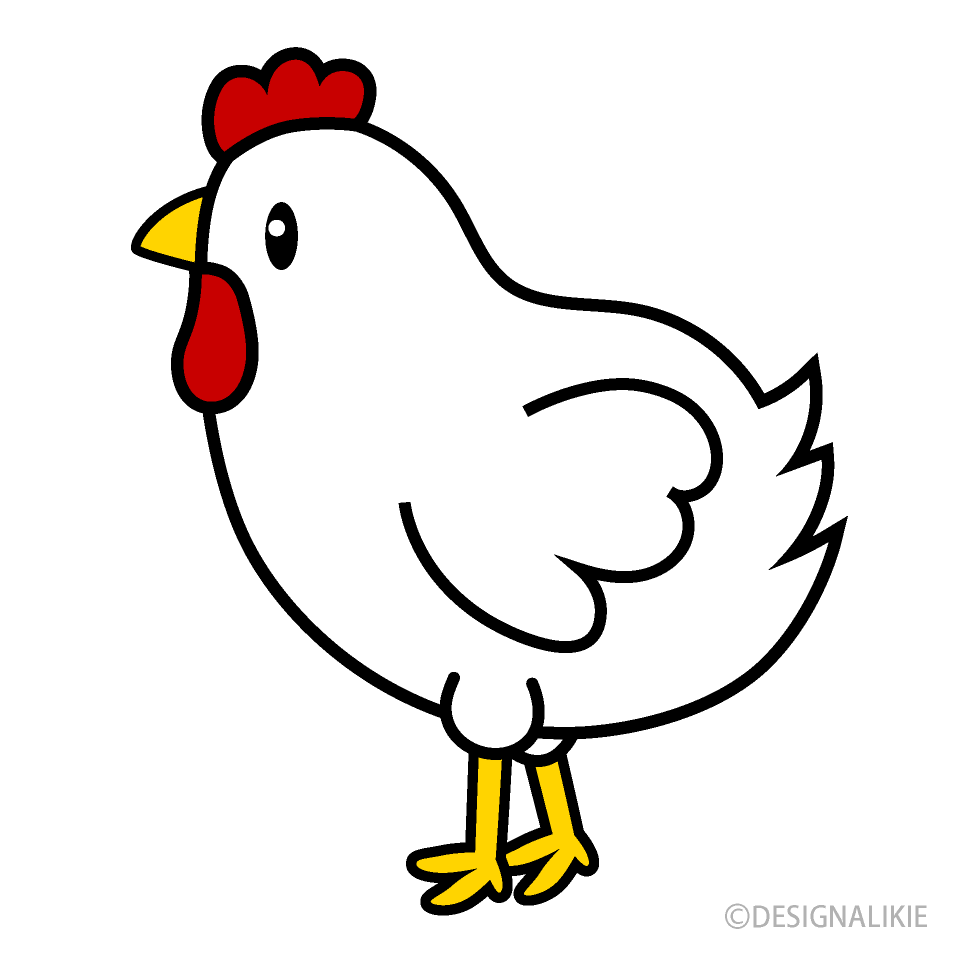Odour Based Selective Recognition of Veterinary Diseases (OBSeRVeD)
When chickens in a coop become infected or carry parasites, specific odours are produced. A multidisciplinary team will combine innovative sensors, affinity layers and machine learning methods to develop and test an electronic nose. This sensitive system can detect compounds of volatile organic compounds and therefore identify specific infections at an earlier stage – when preventive measures are most effective. Within this NWO NWA-ORC project, veterinary health, industry, science professionals and social organisations will work together to develop a practically applicable monitoring system that will promote chicken health and welfare as well as public health and help to reduce antibiotics/chemicals use and the environmental impact of livestock farming.
The department of microelectronics will provide and further develop 2 of the 4 low-power gas-sensing platforms that will be studied in this project. One is the CMOS pixelated capacitive sensor developed in the team of Frans Widdershoven (part-time professor in BE and fellow at NXP), the other a graphene-based multi-pixel platform developed by the team of Sten Vollebregt (ECTM).

Project data
| Researchers: | Sten Vollebregt, Frans Widdershoven, Yukun Lian |
|---|---|
| Starting date: | September 2022 |
| Closing date: | August 2028 |
| Sponsor: | NWO |
| Partners: | Saxion University of Applied Sciences, Utrecht University, Wageningen University & Research, TU Eindhoven, TU Twente, Radboud University, The Hague University of Applied Sciences, Fontys Hogeschool |
| Users: | NXP, Applied Nanolayers, VSParticle |
| Contact: | Sten Vollebregt |